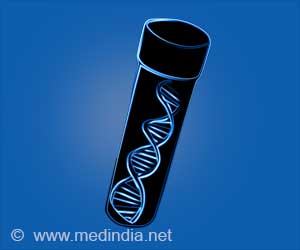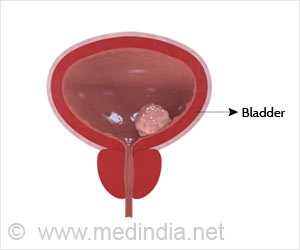Cone-beam breast CT is potentially more accurate and faster than the conventional 2D mammography method for detecting breast cancers, according to a new study.
Cone-beam breast CT is potentially more accurate and faster than the conventional 2D mammography method for detecting breast cancers, according to a new study.
The study conducted at the University of Texas revealed that Cone-Beam CT scan takes less than one minute for scanning, as compared to 40 minutes for breast MRI, and 10 minutes for mammography.Researchers say that the technique provides potentially more accurate results as compared to other conventional methods.
Cone-beam breast CT employs a large area x-ray beam in conjunction with a flat panel x-ray detector to scan and generate 3D images of the breast.
The scanner is placed below a table on which the patient lies prone with the breast protruding through an opening. Only the breast is exposed to radiation resulting in improved image quality and sparing the rest of the patient’s body from unnecessary radiation exposure.
The scan can be completed in less than one minute with a single complete rotation of the x-ray tube-detector gantry around the breast.
The researchers used cone-beam CT on 12 mastectomy specimens and found that structured noise on cone-beam CT was minimal because of the absence of overlapping tissue.
Advertisement
Dr. Wei Tse Yang, lead author of the study, claimed that conventional mammography is unable to detect early cancers.
Advertisement
The Cone-beam CT provides 3D images of the breast that helps in effective identification of the abnormalities from the breast tissue, he said.
“In addition to overcoming the problem of overlapping breast tissue, cone-beam breast CT has the ability to provide true 3D images of the breast that may help depict the 3D morphology and distribution of lesions, and that may provide incremental benefit in the differentiation of abnormalities from background breast tissue,” Dr. Yang added.
He further said that cone-beam breast CT also helps in eliminating the discomfort associated with compression during mammography and the problem of claustrophobia during MRI.
The findings appear in the December issue of the American Journal of Roentgenology, published by the American Roentgen Ray Society.
Source-ANI
LIN/M










